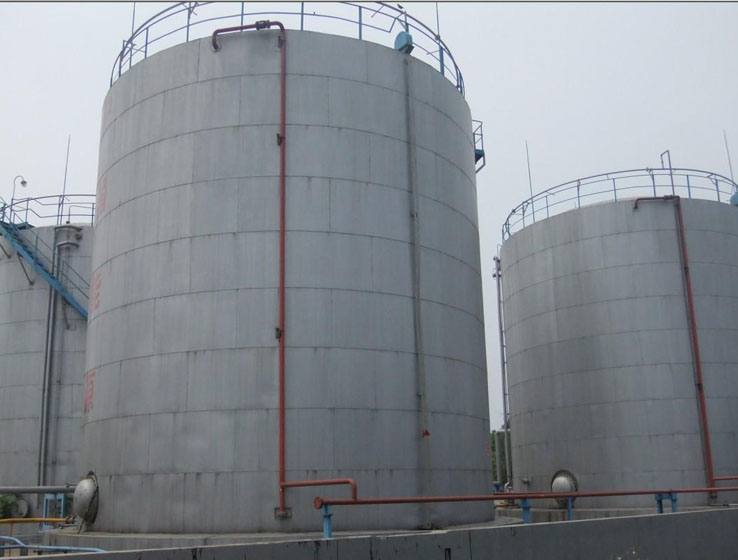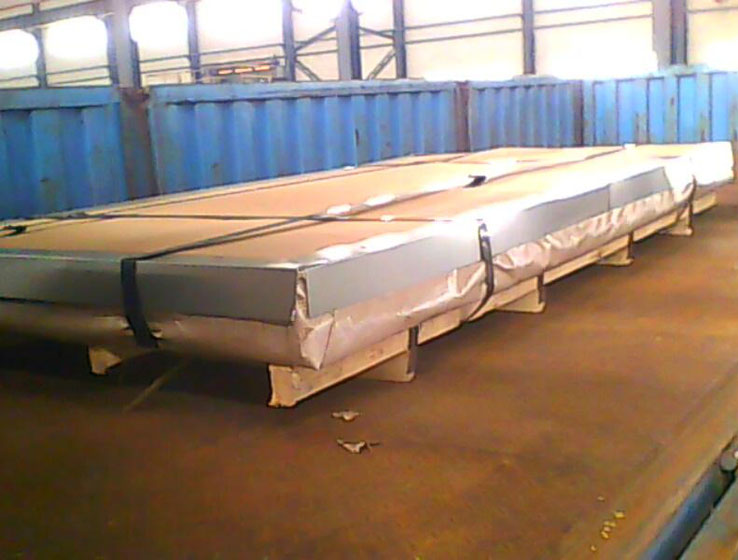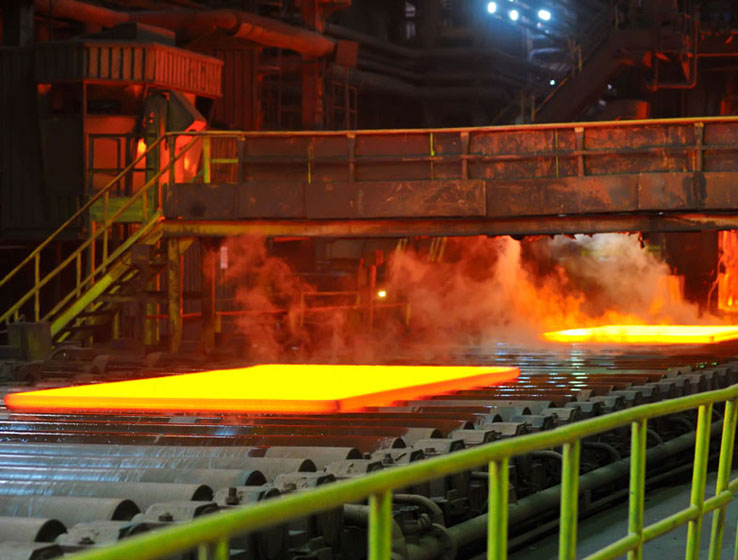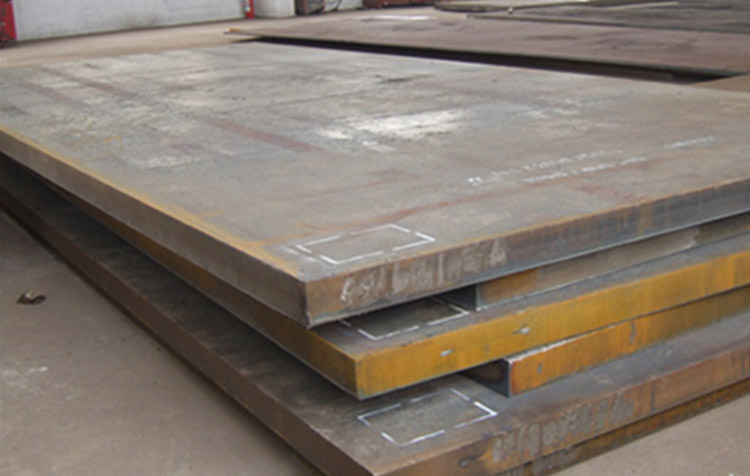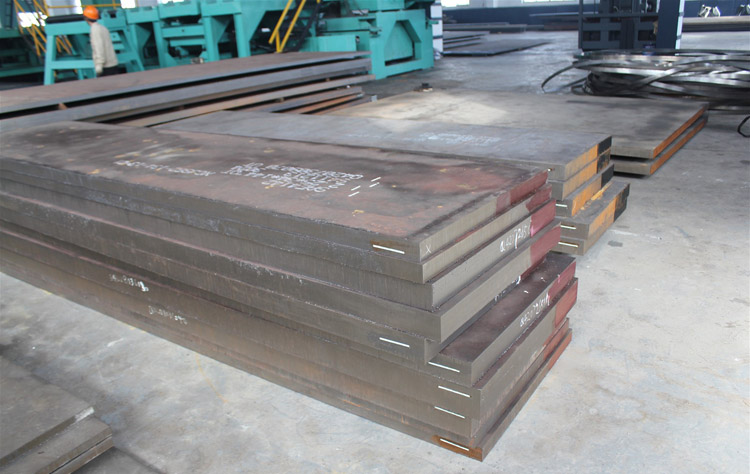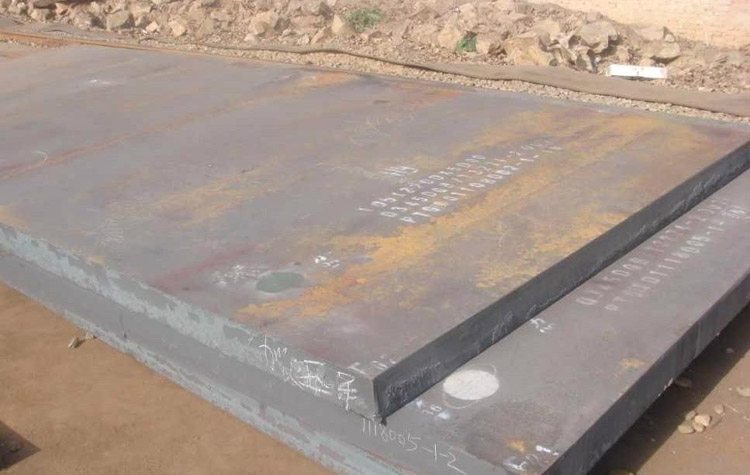ASTM A516 Grade 70 steel plate for sale
ASTM A516-70 plate is a medium carbon alloy designed for use in pressure vessels and boilers. It contains manganese, phosphorus, sulfur and silicon at the highest levels allowed by the ASTM, to produce the strongest carbon steel plates specified by the ASTM. It is a high strength metal, is easy to fabricate and can be securely welded. A516-70 plate also has good corrosion resistance.
A common trade name for A516-70 plate is PVQ Plate. A516 plate is also available in grades 55, 60, and 65. A516-70 plate is used to fabricate low-to-medium pressure vessels, boilers and processing equipment.
ANSON supplies high quality carbon steel plate for boiler and pressure vessel fabrication which is ideally suited to the high standards set by the oil, gas and petrochemical industry - this is why we stock an extensive range of carbon plates according to ASTM A516 Grade 70.
| Specification | Maximum C for Thicknesst(mm) | Mn for Thicknesst(mm) | Si | P max | S max | ||||
| 6≤t≤12.5 | 12.5≤t≤25 | 25≤t≤50 | 50≤t≤63 | t≤12.5 | t﹥12.5 | ||||
| ASTM A516 Grade 70 | 0.27 | 0.28 | 0.28 | 0.30 | 0.85-1.20 | 0.85-1.20 | 0.15-0.04 | 0.035 | 0.035 |
| Grade | C | Mn | Si | Ai | P |
| 70 | 0.2 | 1.05 | 0.32 | 0.04 | 0.015 |
| Grade | Tensile Strength (MPa) | Minimun Yield Strength (MPa) | Minimum Elongation (%) in A Gauge Length of | |
| 50mm | 200mm | |||
| 70 | 485-620 | 260 | 21 | 17 |
ASTM A516 Grade 70 is an excellent choice for service in lower than ambient temperature applications, has excellent notch toughness and is used in both pressure vessels and industrial boilers. A516 Grade 70 offers greater tensile and yield strength when compared to ASTM A516 Grade 65 and can operate in even lower temperature service.
So what is the difference between ASTM A516 Gr. 70 and ASME SA516 Gr. 70? In fact the mechanical and chemical properties of the steels are identical and it is the producer of the standard that is the key difference.
ASTM, the American Society for Testing and Materials, produces standards that define limits and parameters on a product’s properties and the methods of testing those properties.
ASME, the American Society of Mechanical Engineers, specifies materials to be used in the manufacture and construction of particular items. The relevance of this to pressure vessels is that ASME publishes design codes and standards for the manufacture of vessels and within these a particular material standard will be endorsed.
ASME “acquires” ASTM specifications in this way and its pressure vessel code committee assigns an “S” to the relevant ASTM standard. So A516 becomes SA516 when ASME acquires it.
- NM400 steel plate
- low alloy steel plate
- Cor-Ten steel plate
- stainless steel plate
- pipeline steel plate
- pressure vessel steel plate
- abrasion resistant steel plate
- shipbuilding steel plate
- steel coil
- carbon steel plate
- Cold rolled steel coil
- testing
- quality policy Steel Grades
- EN 10130 cold rolled steel coil specification
- GB/T5213 - 2008 cold rolled coil
- JIS G3141 steel coil specification
- NM500 wear resistant steel
- NM450 wear resistant steel

